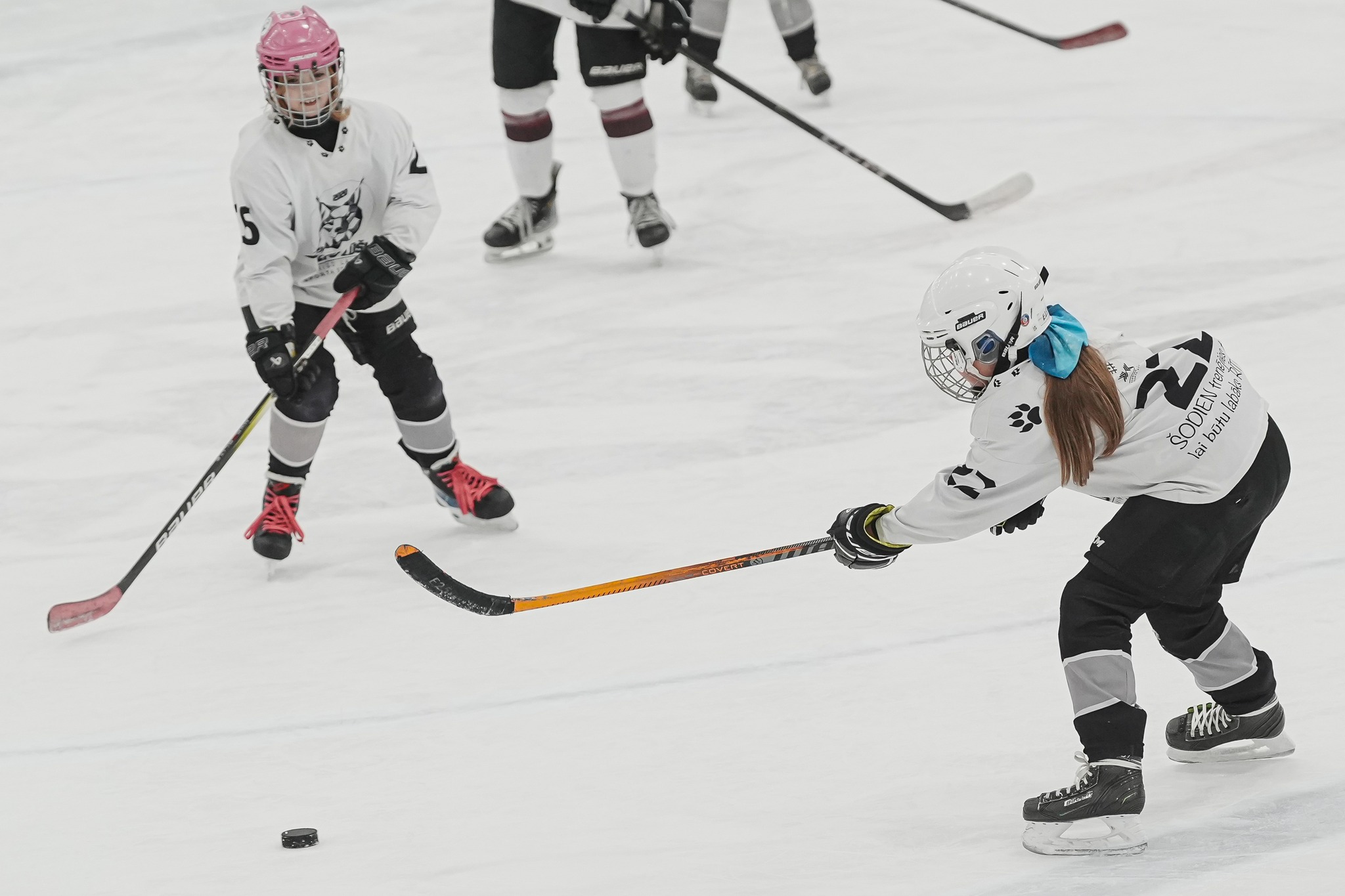First steps

Starting hockey is one of the happiest moments in a child's life, and at the same time, it is also a great experience for parents, which later grows into an exciting adventure for the whole family. Hockey is an exciting and dynamic sport that requires both physical and mental preparation. Starting with the right equipment and approach, you can have great fun and achieve success in this sport!
To start playing hockey, you need several basic things and knowledge. Here are the first steps to start training in hockey.
Join a team or club
Join a local hockey club: When choosing a hockey club for your child, we encourage you to find the closest ones geographically and contact them to find out specific information - training times for the relevant age group, coaches, admission age, club philosophy and other things. You can find the hockey club nearest to you in the LHF section: Where to train in hockey?
https://www.lhf.cbis.lv/lv/lhf/ka-uzsakt/kur-treneties-hokeja/hokeja-klubi
Equipment
When starting hockey, you need the right equipment that will ensure safety and comfort on the ice rink. You don't necessarily need the newest and most expensive equipment. Starter kits or slightly used equipment that a hockey club can offer will also be perfectly suitable for your first steps.
Hockey stick: Choose a stick that matches your height and level of play; the smallest children have both narrower stick shafts and smaller blades.
Skates: Choose comfortable, safe and high-quality hockey skates. Don't forget to sharpen them!
Helmet: Protects your head from injuries. It is important that its size is adjusted to the child's head - the straps are tightened, but the helmet's chin guard touches the chin a little;
Shoulder Pads: Protects shoulders and chest;
Elbow Pads: Protects elbows from bumps and impacts;
Gloves: Hockey gloves protect hands and wrists;
Pants: Protect thighs and hips;
Knee Pads: Protect knees from bumps and injuries;
Neck Guard: A must at any age.
Basic Skills
Skating: Learn to be stable on the ice. In hockey, you need to be able to move forward and backward, as well as change direction. You also need to learn the skills of stopping and braking.
Stick Technique: Practice controlling the puck with your stick, making passes and shots on goal;
Training Lessons
Enjoyment: A basic element in your child's training and competitions. The desire and joy of being on the field will be the best way for your child to learn and improve the skills;
Regular training: To improve skills, it is important to attend training regularly so that the child instinctively retains the acquired skills and abilities on and off the ice. At a beginner's age, three ice training sessions a week are quite enough;
Support your children! Success or failure is part of the learning process for young hockey players. Be understanding and encourage your child.
Physical fitness
Games and games to improve coordination and motor skills;
Any other type of physical activity;































-filters(500x500).png?cs=6961f72b)











